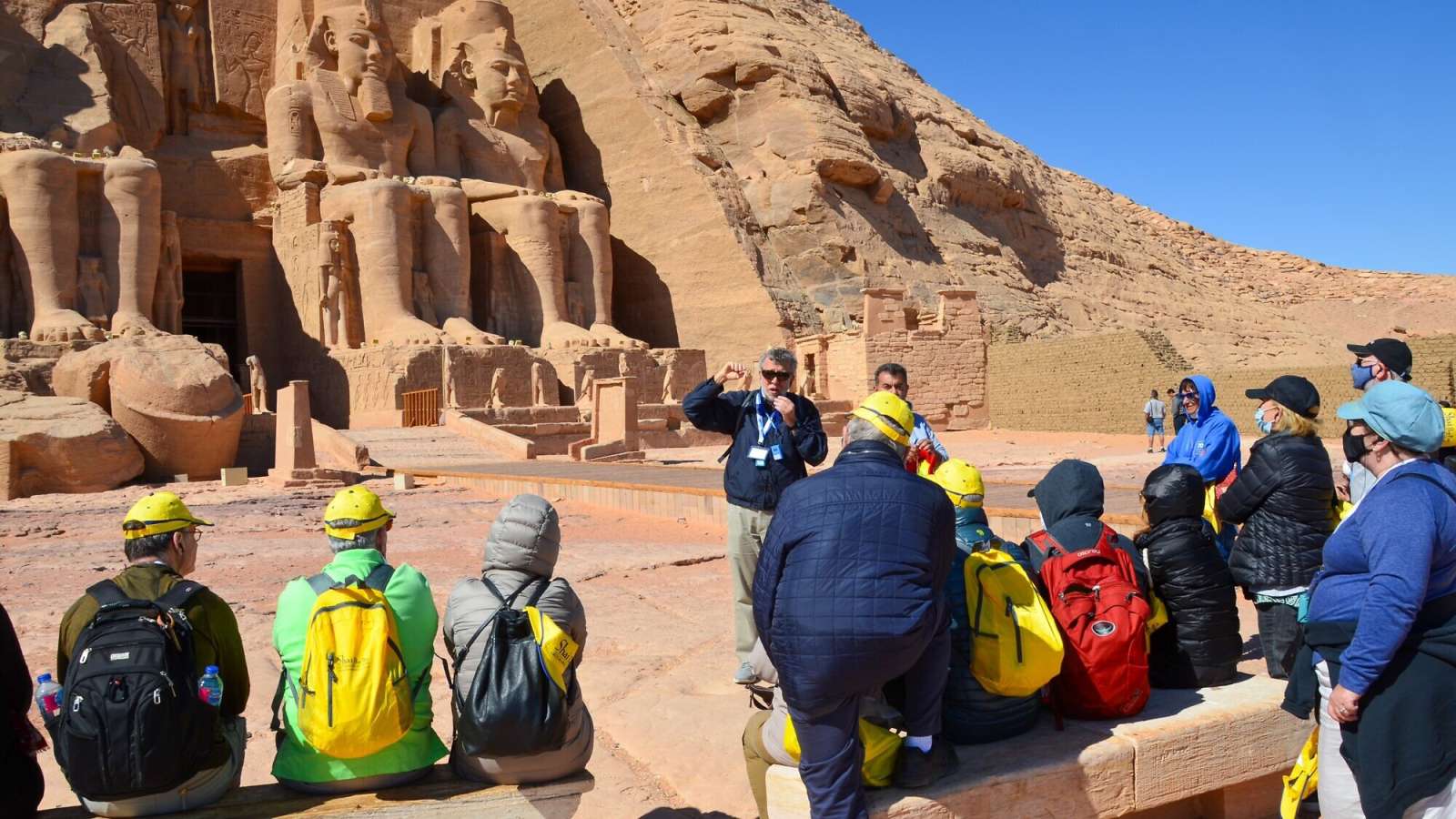Why is this Passover different from all other Passovers?
If you were one of the 32 souls who traveled with Rabbi Dr. Joshua Berman to Egypt in January, it’s the fact that you can’t read the Haggadah the same way this year. Because what you saw and heard there downloaded brand-new, three-dimensional multi-sensory images into your mind.
“But being there is what makes the theories come alive—touching the kind of mud brick storehouse built by slaves with the straw still sticking out, perfectly preserved since there’s no rain, really makes you think of Exodus when Pharaoh told Moses and Aaron, ‘We’re not providing straw anymore. Your people will have to find it themselves, but they’ll still have to produce the same quota of bricks.”
Joshua Berman’s full-time job is professor of Bible at Bar-Ilan University, but when not teaching the intricacies of Jewish law, the New York native regularly travels 3,300 years back in time to retrace the Jewish people’s steps in—and flight from—Egypt.
Because for Rabbi Berman, there is no conflict; the two dovetail perfectly.
This worldview filled the 10-day journey, under the aegis of Kesher Tours, as the first-ever Bible-themed kosher tour of Egypt since our ancestors schlepped sacks of unrisen dough during their midnight escape to freedom.
One iconic image captures it: a minyan of kipah-wearing Jews reciting afternoon prayers before the pyramids, the universal symbol of the civilization that enslaved the ancient Israelites.
A scene that could never have played out during the hundreds of years the Israelites were under the whips of the Pharaoh’s taskmasters.
This week, Jews the world over prepare to celebrate Passover (Pesach in Hebrew), beginning on the evening of April 15 and lasting until after sundown on April 23 (for the Israelis, it’s a seven-day holiday that ends on the evening of April 22), reflecting on the miraculous release of a people beaten down by more than 200 years of slavery and the heart-breaking murder of their infant sons.
That is, until their Creator took this rag-tag army out of slavery “with a mighty hand and an outstretched arm.”
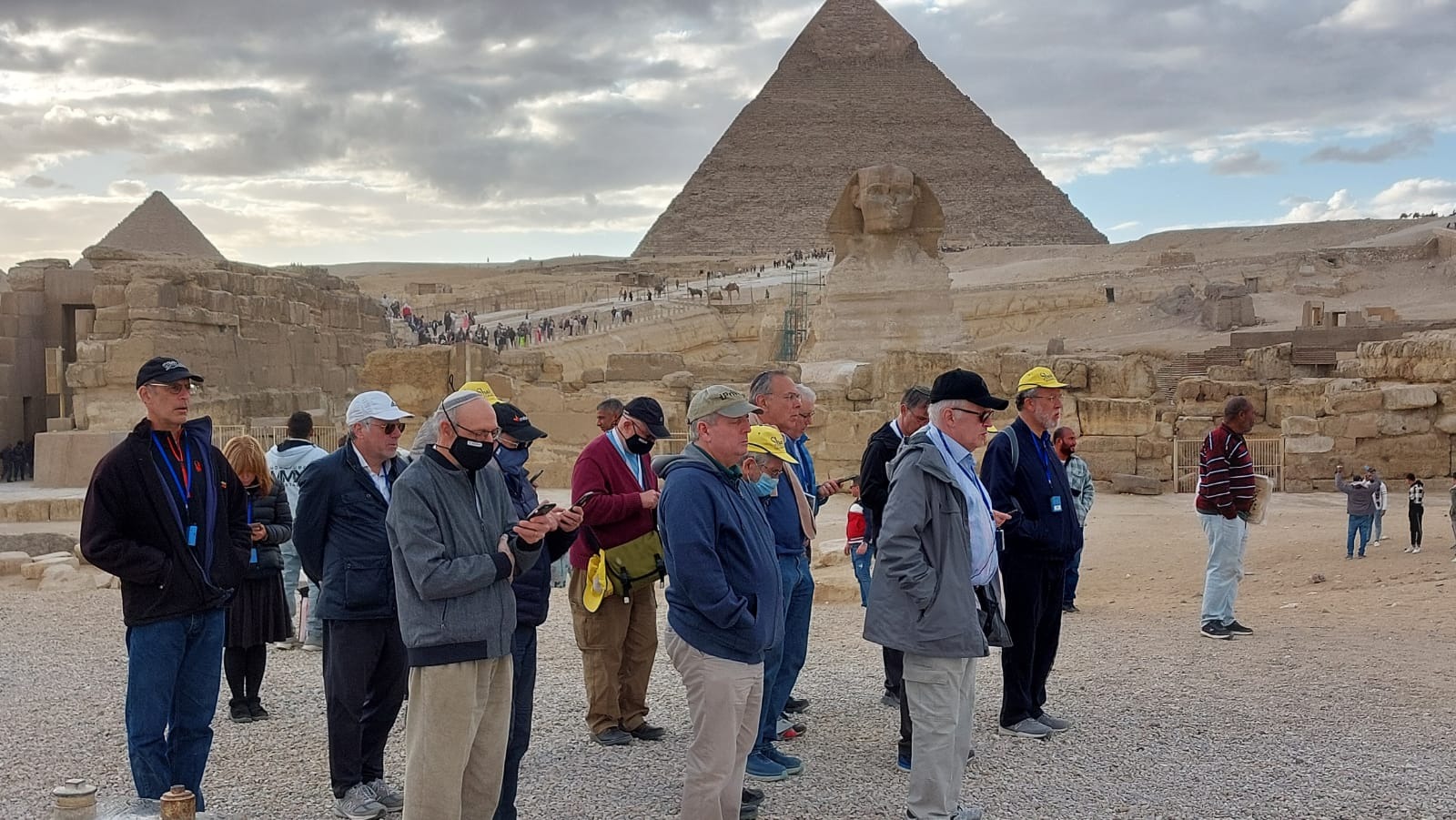
In fact, that same phrase—used nowhere else in the entire Torah to describe God’s actions—is evidence A in showing the link between ancient Egypt and the Torah. Because it turns out that, in their historical records, Egyptians described their Pharaohs as having “a mighty hand and an outstretched arm.”
“That’s one way to steal their thunder,” says the rabbi. “The Torah shows the entire world down through the ages. ‘You want to know who has the real mighty hand and outstretched arm? It’s God almighty, not the Pharaohs.”
And this is just one example “of how the Torah is both infused with Egyptian culture and is a response to it,” he adds.
‘Puzzle pieces suddenly start fitting together’
Sandor and Susie Joffe had heard the rabbi speak several times and had read his book Ani Maamin: Biblical Criticism, Historical Truth and the Thirteen Principles of Faith. “So when we saw he was leading a trip to Egypt we jumped at the opportunity,” says Sandor, who adds that “the experience has already changed the way I read Torah, seeing how that terminology and imagery so closely reflect ancient Egyptian culture.”
That, says Gayle Berman, who traveled with her husband, Harold, and their daughter Ilana, “clearly demonstrated how God communicates with us in the language and cultural context we can understand. And, being in Egypt, where it happened, I could better understand how it happened and appreciate that this is truly our people’s history … the rabbi made the Exodus so much more real for me.”
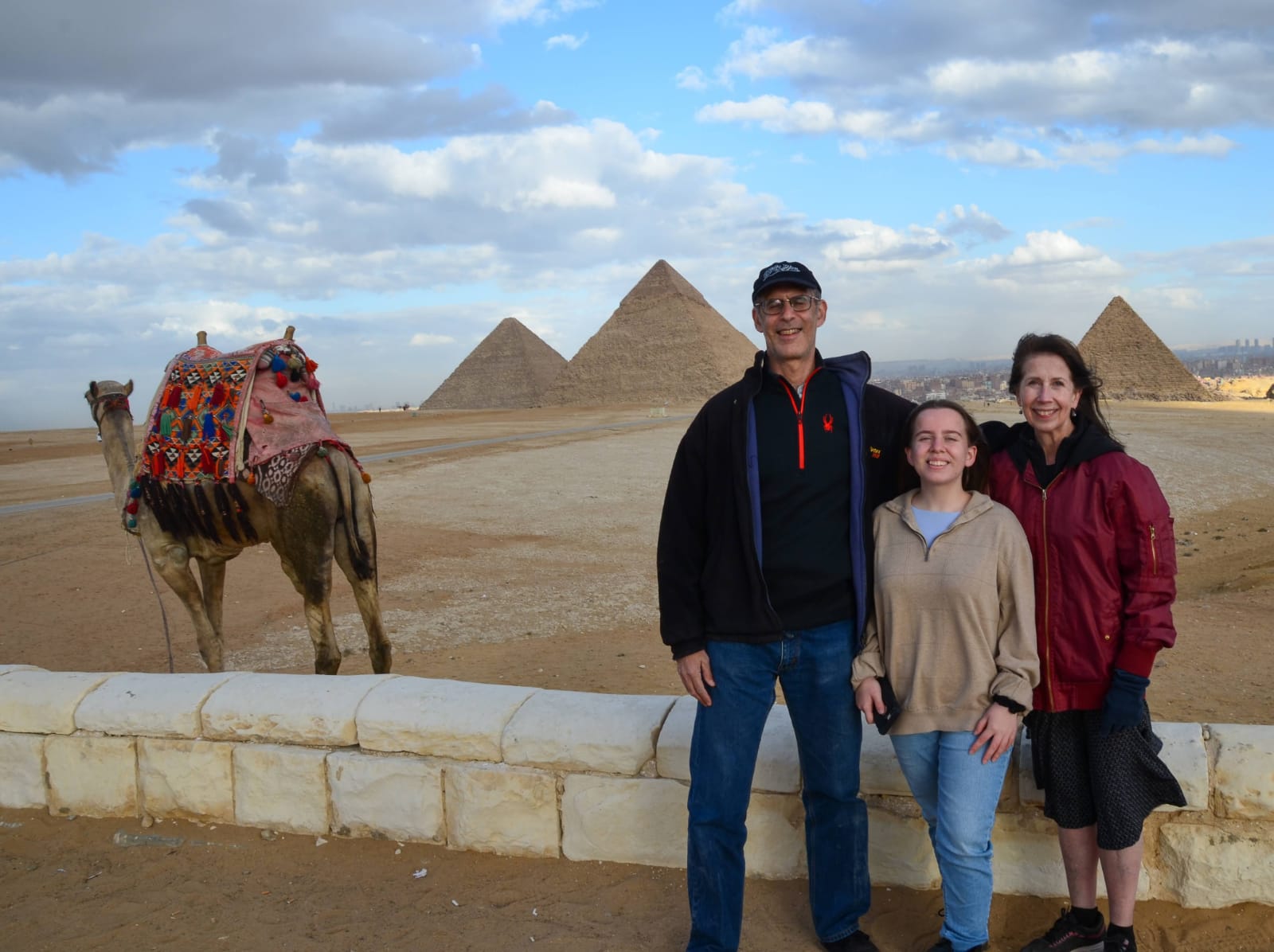
And the country itself had a message for the travelers. “Walking around Cairo in kipot, eating kosher food,” says her husband, “I was also aware that this wasn’t just ancient history. It was just a few years ago that Egypt was trying to wipe the Jews of Israel off the map.”
But the rabbi reports that this tour, which managed to occur between pandemic-related airport closures, “would not have been possible before the Abrahamic Accords, no way.” Thanks to warmer diplomatic relations, these kipah-wearing Israelis walking through the streets of Cairo received a warm welcome. “It was perhaps not so much for the love of Zion as the love of mammon (‘money’),” he says with a laugh. “But warm nonetheless.”
Still, with everything they were seeing, it was impossible to ignore history. Celebrating Shabbat at the hotel, “it struck me during the service that we were overlooking the Nile where the Egyptians drowned Jewish babies,” notes the rabbi.
By far the youngest of the travelers was Ilana Berman, who at 19 describes herself as “something of a history buff” and who leads tours at Jerusalem’s Herzl Center for her national service.
“I knew the trip would be life-changing in some shape or form, but I had no idea exactly how,” she says. “It was fascinating to see how our neighbors live, though their environmentalism is way behind Israel’s, and the amount of pollution is pretty shocking.
“But mostly, the trip opened my eyes to how beautiful the Torah is, down to the smallest detail; it gave us so much visual evidence, like when puzzle pieces suddenly start fitting together and the real picture emerges.”
‘An early example of cultural appropriation’
Such feedback is gratifying to the rabbi, though he also understood the challenge.
“Yes, this tour was to show some of the evidence that there is historical truth to the Exodus, but challenged to show archeology proving the truth of the Bible, I have to say it can’t prove it scientifically—Abraham lived thousands of years ago—what are you going to find, sheep droppings?”
“But there is good evidence for the Exodus,” the rabbi insists. “You just have to know where to look.”
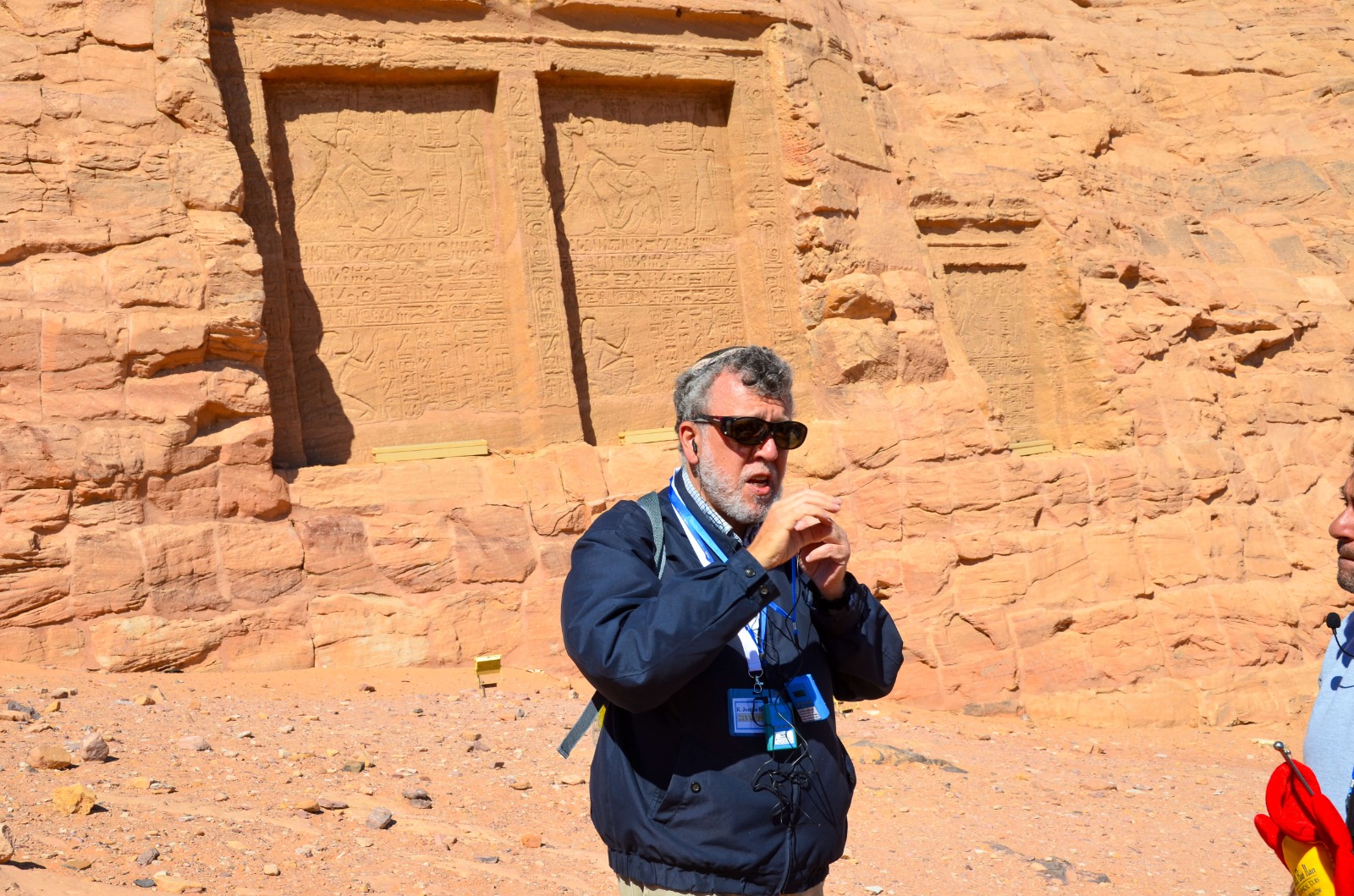
Aside from the undiscovered droppings (and the mighty hand and outstretched arm mentioned earlier), there are dots aplenty begging to be connected. Among them: In the Torah when Potiphar appoints Joseph to be his right-hand man, he has a gold chain placed around his neck. In Egypt, murals depict the exact same gold-chain ceremony when someone achieves a high station. Another mural depicts women waving tambourines, just like Miriam did leading the women Egyptian-style in tambourine song after crossing the Red Sea. And the dimensions of the portable tabernacle the Israelites built in the wilderness during their 40-year sojourn are identical to the portable throne tent of Ramses II.
“The Torah’s amazing awareness of Egyptian culture may be an early example of cultural appropriation,” says the rabbi. “The Torah takes the rhetorical thunder of our oppressors and throws it back in their faces to tell God’s own truth.”
And when the son of Ramses II wrote back in 1206 BCE, just after the Exodus that “the nomadic people Yisrael, their seed is no more,” it’s old-fashioned spin, he adds.
“Discovering that the Torah is chock-full of these connections transforms passages we’ve read blindly for years and we realize ‘this really happened, you can’t make this stuff up.’ ”
And even after thousands of years, new evidence is surfacing. Including the recent discovery of what is thought to be the earliest proto-alphabetic Hebrew text, circa 1200 BCE—using two Torah-based names of God. Found on Mount Ebal in the West Bank, the lead tablet bears the list of curses from Deuteronomy 11:29; a full report is expected soon.
‘Deepen our understanding of the Bible’
Combing the historical and archeological record for clues, Rabbi Berman often finds his conclusions confounding biblical critics who typically take a more jaundiced view of the Torah as a historical document. But he sees no conflict between scholarship and faith.
“Josh is unique chiefly because he’s a first-rate biblical scholar who’s gaining a reputation as a respected Egyptologist but who also thinks outside the box, something that’s refreshing in academia,” says Jeffrey Woolf, who teaches Talmud and Jewish history at Bar-Ilan. “The academic world is predicated on skepticism, but Josh is willing to break through the paradigm and give traditional historical records credence. And that,” adds Woolf, “is why he’s subject to criticism. He refuses to go with the herd—something that takes tremendous intellectual courage.”
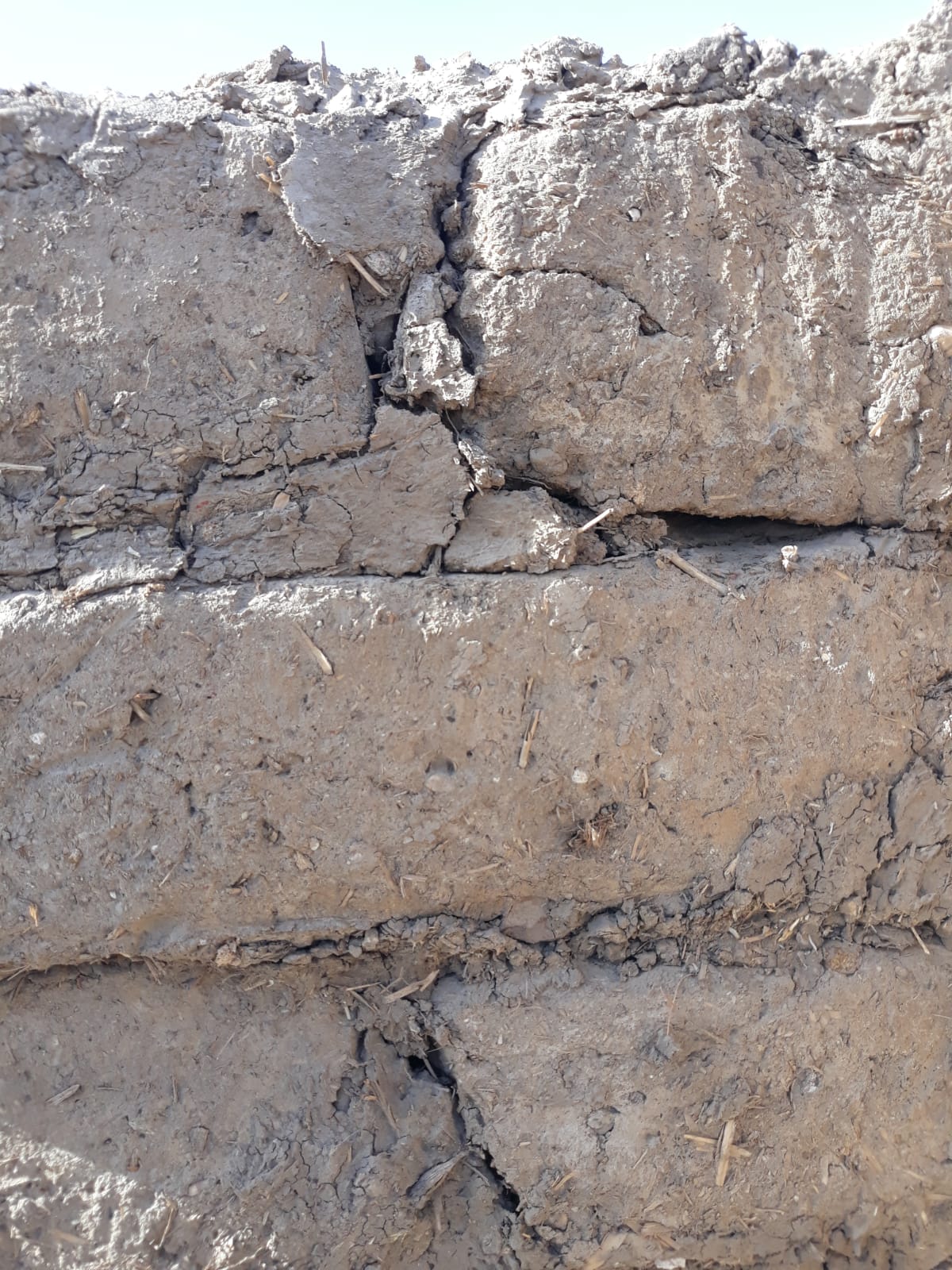
The rabbi’s thinking was heavily impacted by an Egyptian tour he took last year with noted Egyptologist James K. Hoffmeier. “He’s a devout Christian and one of the top guys in the world for showing the historical connection between Egypt and the Bible,” says the rabbi.
Raised in Egypt by missionary parents, Hoffmeier fell in love with its history and what it teaches. “My question is and always has been: What can we learn through the study of ancient Egypt that can deepen our understanding of the Bible?” says Hoffmeier, a longtime professor of bible and archeology at Trinity Evangelical Divinity School, who over the years has led archeological digs in Egypt and the Sinai.
“Looking through the archeological lens, there’s plenty showing that the Exodus is completely plausible,” he adds. “The problem is that, if someone makes the assumption that only that which can be historically proven is believable, their scientific worldview dismisses everything else, throwing the baby out with the bathwater.”
As persons of faith, the two men “share a grounding in the Bible’s authenticity that God acts in history, including the Exodus from Egypt,” says Hoffmeier. And that makes the Jewish and Christian faiths unique, he adds. “Why celebrate Passover? Because you believe the Exodus took place. Why not mistreat the stranger? Because you were once strangers in Egypt. The more we know about history, the stronger our faith.”
“Scholarship and faith, they’re the same path for me,” agrees the rabbi, “because at the end of the day to be religious is to pursue truth, to bridge spiritual and intellectual integrity. Only when we’re willing to take a deep dive on both scores can we see the larger picture.”
Still, it’s not always easy to reconcile faith and the historical record. For Nechama Moskowitz of Chicago, “the trip opened my brain to something outside the scope of what I grew up with.” So upon her return home, she dug into the topic including the rabbi’s book. “The rabbi kept challenging our assumptions.”
And every objection Moskowitz raised was answered with respect, she says. “As erudite as he is, the rabbi was extremely patient and humble. At the end of the day, I loved the experience. It certainly whets my appetite to learn more.”
Harold Berman’s takeaway: “The long view, to see the Torah as rooted in our ancestors’ world and not our own 21st-century sensibilities, but also to see it as eternal, for every generation to live by, that’s the gift the rabbi and this trip gave us.”
“We all view the world through our own little fishbowl, so it’s exciting when you take something they think they know … and show them a new dimension that they never saw before,” says the rabbi, who is planning two more tours for next winter. “There’s nothing as inspiring as a total immersion in the unexpected—hearing our story as we literally walk in our ancestors’ footsteps.”
So at the seder when the child asks the fifth question: “Why did I see on the Internet there was no such thing as the Exodus?” What’s the answer?
“Now, with everything we’re learning, as Jews around the world gather on the night of Passover to celebrate the liberation from Egyptian oppression, they can speak the words of the Haggadah, ‘We were slaves to Pharaoh in Egypt,’ with confidence and integrity. After 3,300 years, you can’t ask for more than that.”


























